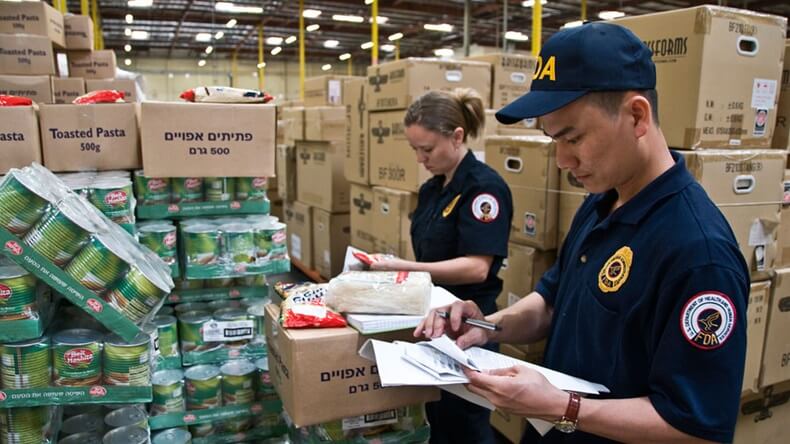Anti-pesticide activist and ally to corrupt trial lawyers Carey Gillam did her utmost to undermine the FDA report in an August 11 piece for the New Lede titled FDA says 59% of US foods tested contain pesticide residues. Let’s look at the numbers and then take a scalpel to Gillam’s sorry attempt at science journalism.
What did the FDA find?
The FDA analyzed 2,180 samples in 2020—2,078 human foods and 102 animal foods for residues of roughly 750 different pesticides and other “industrial compounds.” The Agency found that
96.8% of domestic and 88.4% of import human foods were compliant with federal standards. No pesticide chemical residues were detected in 40.8% of the domestic and 48.4% of the import samples … 100% of domestic and 96.8% of import animal food samples were compliant with federal standards. No pesticide chemical residues were detected in 30.0% of the domestic and 48.4% of the import animal food samples.

The results match those of last year’s report and those of the USDA’s January 2022 Pesticide Data Program. You can also review our analysis of pesticide safety and regulation more generally in the US. The conclusions are all more or less identical. Put briefly, consumers have little reason to worry about food safety in this case.

Activist tap dancing begins
So how did Gillam deal with these unhelpful numbers? Poorly. Using tactics that would make a 1964 tobacco lobbyist blush, she claimed that “many scientists and health professionals have increasingly come to doubt regulatory assurances about the safety of a steady diet of pesticide residues.” More specifically, she added that these esteemed professionals wonder “what long-term consumption of trace amounts of pesticides in food could be doing to human and animal health.”

It’s important to stress that “many” in Gillam-speak means “the same handful of fringe physicians I cite in every single story.” She included a quote from just one of these individuals, an activist pediatrician named Phil Landrigan, who has a long history of promoting anti-pesticide silliness. Weed scientist Andrew Kniss helpfully cataloged Landrigan’s most common mistakes in 2015. What did the good doctor have to say this time?
As a pediatrician who has worked for many decades to protect children against hazardous exposures in the environment, including pesticides in food, I am deeply disturbed by the finding that 59% of US food samples tested by the FDA contain measurable quantities of toxic pesticides …
Landrigan didn’t explain why he feels this way, and that’s probably because there’s little to be concerned about. To be sure, there are studies linking pesticide exposure to all sorts of maladies. However, these papers usually don’t withstand serious scrutiny. If Dr. Landrigan has new information to move the discussion forward, America’s parents (myself included) would like to hear about it. If he’s just trying to foster doubt, I (again as a dad) would like him to keep it to himself.
‘While I understand that most of these pesticides are present at levels below federal pesticide standards, I also know that these standards can be influenced by political pressure and that they do not always protect our children’s health,’ Landrigan said.
Gillam added, “Indeed, the EPA has approved increases in the legal limits for certain pesticides over the years at the request of the companies that sell the pesticides.” This does happen, but it’s not necessarily scandalous. For example, if farmers need to use slightly higher quantities of a crop-protection product to control a pest effectively, the EPA can update the registration it issues for a particular chemical. These re-evaluations are mandated by federal law.
The agency can also add additional restrictions to the use of a chemical. Ironically, this is sometimes done for political reasons and in opposition to the opinion of EPA’s own scientists.
It’s also certainly true that politics has permeated every aspect of our culture; you can’t even watch a football game without getting a lecture about social justice. But none of that ultimately matters. The only question we care about is this: what does the evidence show?
Based on the data from regulators and independent scientists, there is no reason to suspect that pesticide residues on food harm public health. There are lots of other real risks to address, so let’s tackle those instead of wringing our hands about low-risk chemicals that help ensure we have an abundant food supply.
Cameron J. English is the director of bio-sciences at the American Council on Science and Health. Visit his website and follow ACSH on Twitter @ACSHorg
A version of this article was originally posted at the American Council on Science and Health and is reposted here with permission. The Cornell Alliance for Science can be found on Twitter @ACSHorg































